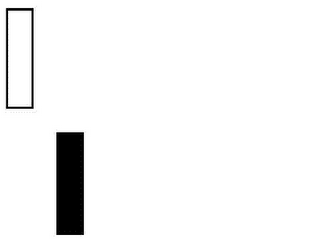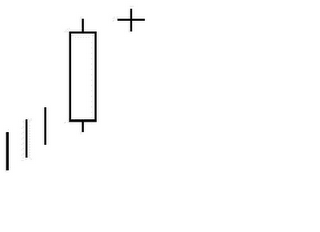Intraday trading with pivot points
December 16, 2012Pivot points can be very useful tool for intraday trading, because of inherited simplicity and ease of usage , a large number of traders used it in past, using right now and we can safely assume , that they will be using in future too.
Pivot point is a basic mathematical calculation which lets the trader calculate the important levels of the stock price without any charts or indicator, since this needs just a tiny calculation and is easy to calculate and easy to apply, so this method is very popular among the day traders.
To calculate pivots points we will need the previous day’s open, high low and close values, and then we apply our formula to get the levels.
First of all, we need to pivot point itself, to do that, we need to add up high, low and close of previous day and then divide the sum by 3.
So, pivot point= (h+l+c)/3
Then we need to find first resistance, for this, we need to double the pivot point’s value and then subtract the low of previous day, so formula will be
Resistance 1= (2*pivot point) – low
Then comes the resistance level 2 or the second resistance, to get it, we need to add the difference of high and low with pivot point, so
Resistance 2 = pivot point + (high-low)
Now, we need to find supports, for this we will need to do the following calculations
Support 1= 2* pivot point- high of previous day and for support level 2,
Support 2=pivot point – (high-low)
When a stock trades above pivot point it will be generally bullish and will face resistance at the resistance level 1 and 2
And when a stock trades below pivot points, will be generally bearish and will find supports at support level 1 and 2.
This way we can easily calculate the basic trend of a stock and its possible support and resistances.
Posted by tushar chatterjee. Posted In : Technical analysis

